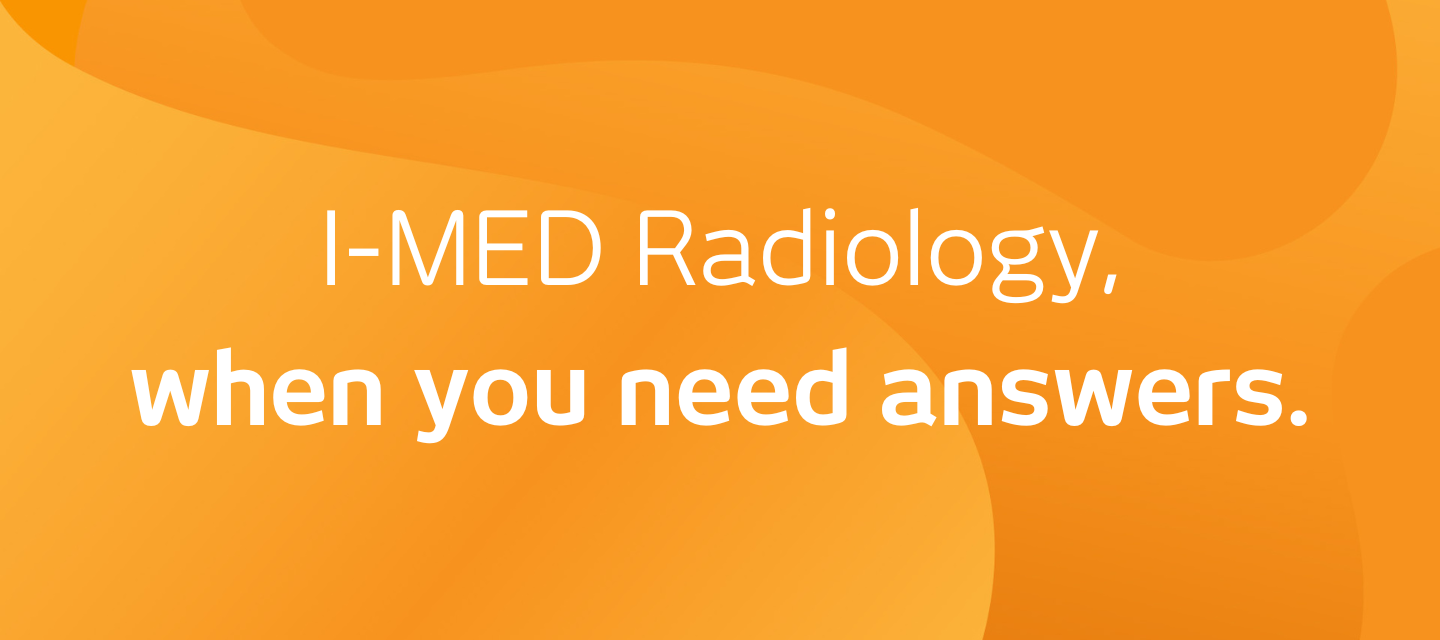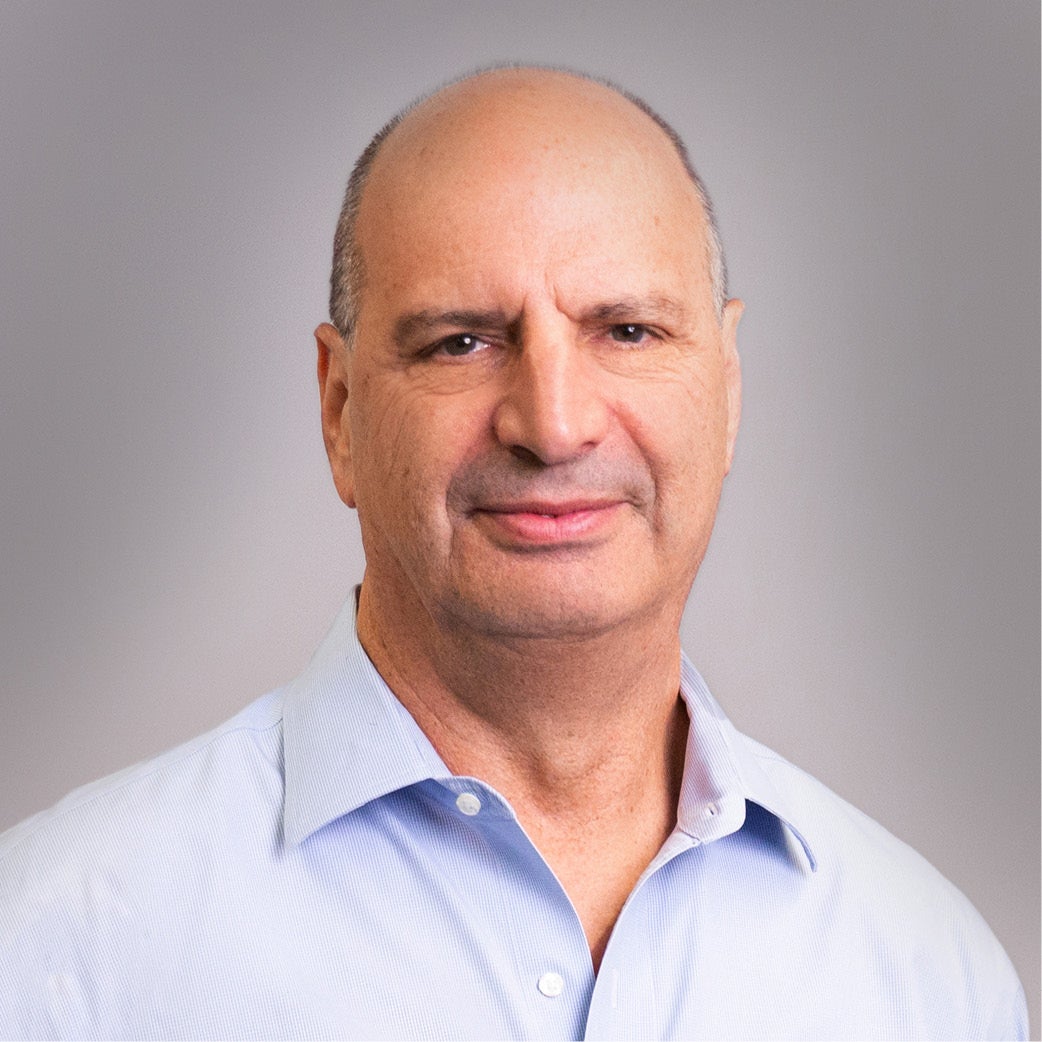
Varicose vein ablation
Varicose vein ablation
What is varicose vein ablation?
In the legs (and elsewhere in the body), veins contain one-way valves that allow blood to return from the legs against gravity. If the valves leak, blood pools in the leg veins and the veins become enlarged and visible underneath the skin. After a physical examination and a duplex ultrasound, a treatment plan is developed to cut off/prevent the varicose veins and divert the blood flow to healthy veins. This may include any or all of the following:
- radiofrequency ablation – the removal of unwanted veins using radio wave energy/heat
- sclerotherapy – chemical destruction/ablation that is used to close varicose veins
The above processes are also known by the general term, ‘Endo-venous ablation’ (EVA).
How do I prepare for varicose vein ablation? keyboard_arrow_down
Before the procedure, you may be advised to stop taking blood thinning medication, such as aspirin, non-steroidal anti-inflammatory medications (NSAIDs) warfarin or Clexane, for a specified period of time.
You should wear comfortable, loose-fitting clothing for the procedure. You will be asked to remove all clothing and jewellery from the area to be treated.
Remember to bring compression stockings to wear immediately after the procedure. The type you require should be discussed when you make the appointment for the procedure.
What happens during varicose vein ablation? keyboard_arrow_down
Firstly local anesthetic is injected around the abnormal vein. Using ultrasound, the RFA catheter is then inserted through a small cut in the skin into the vein and positioned within the abnormal vein.
Radiofrequency energy is applied as the catheter is slowly withdrawn and removed. The faulty vein has now been sealed and blood flow has been diverted to the nearby healthy veins.
The catheter is removed and pressure is applied to stop any bleeding. The tiny opening in the skin is covered with a small dressing.
When sclerotherapy is used to ablate the veins, a very fine needle, (smaller than a pin), is placed within the vein and a chemical substance is injected. When this is done, no local anesthetic is used.
Are there any after effects of varicose vein ablation? keyboard_arrow_down
There will usually be some bruising, swelling with minimal pain and discomfort following the procedure.
Patchy numbness in the area of the treated vein can vary. It may last for a short time or may take 3–6 months to resolve.
If you develop calf tenderness and swelling, this may indicate deep vein thrombosis (DVT). If this happens, you need to immediately contact the radiology department or practice where you had the procedure.
How long does varicose vein ablation take?
keyboard_arrow_down
The procedure takes 45–60 minutes. If you need multiple veins treated in both legs, you may need a number of treatments on separate days over a period of 4–6 weeks. After every treatment, you must wear your compression stockings and walk for 30-45 minutes for 14 days.
Are there any after effects of an ultrasound? keyboard_arrow_down
It is rare to have after effects from an ultrasound examination.
Related procedures

This information has been reviewed and approved by Dr Ronald Shnier (I-MED Chief Medical Officer).
Related articles

Related procedures

This information has been reviewed and approved by Dr Ronald Shnier (I-MED Chief Medical Officer).
Related articles

